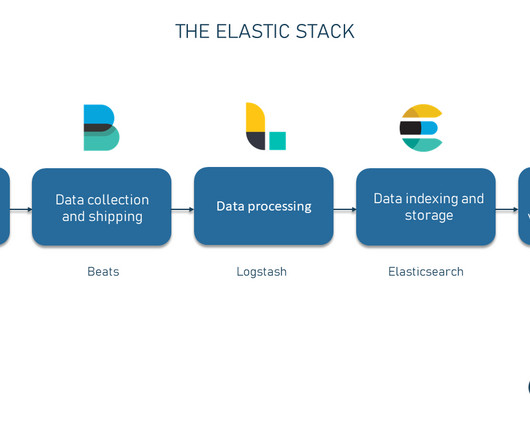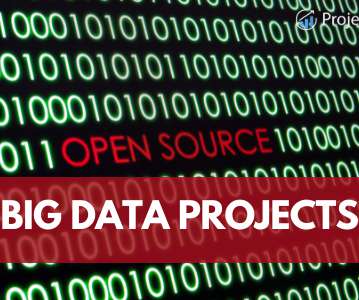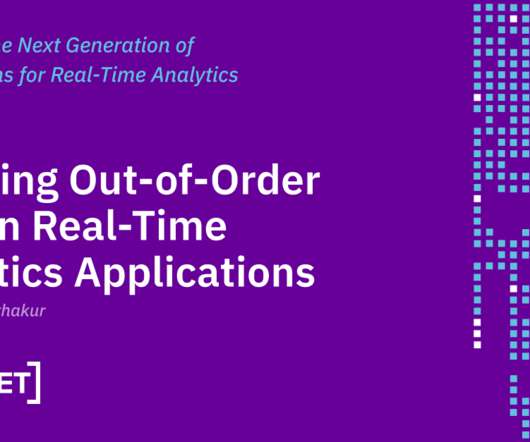The Good and the Bad of the Elasticsearch Search and Analytics Engine
AltexSoft
SEPTEMBER 21, 2023
In this edition of “The Good and The Bad” series, we’ll dig deep into Elasticsearch — breaking down its functionalities, advantages, and limitations to help you decide if it’s the right tool for your data-driven aspirations. What is Elasticsearch? It is developed in Java and built upon the highly reputable Apache Lucene library.












Let's personalize your content